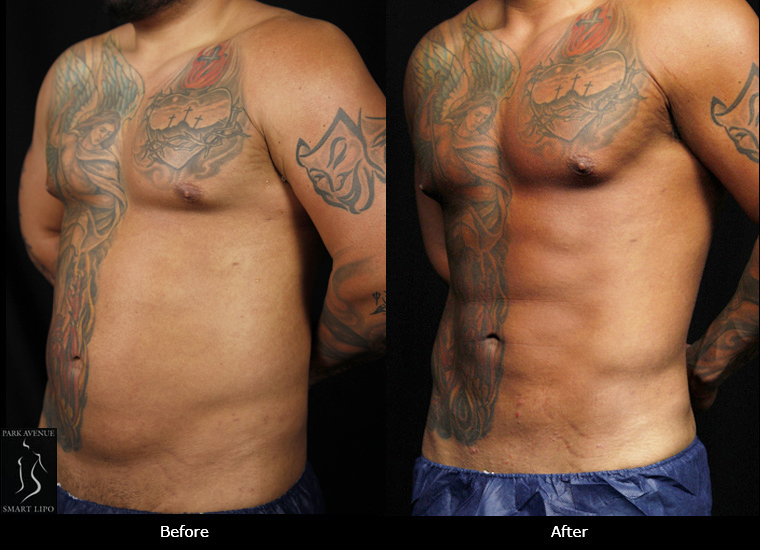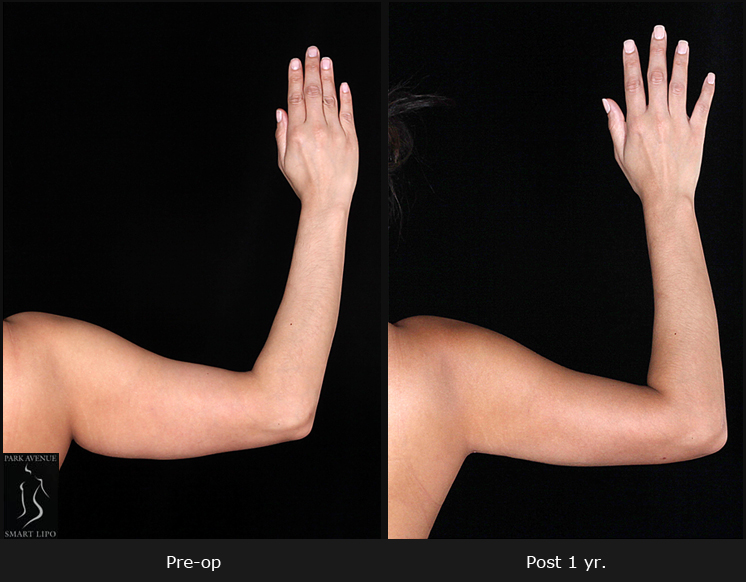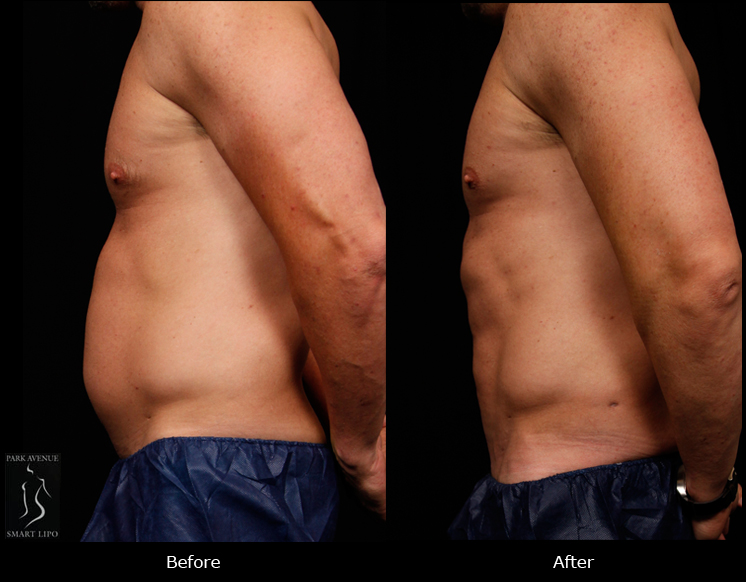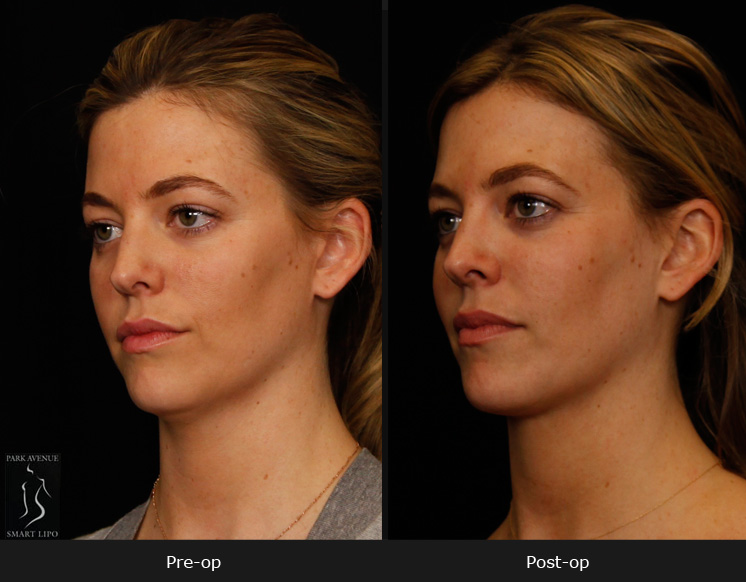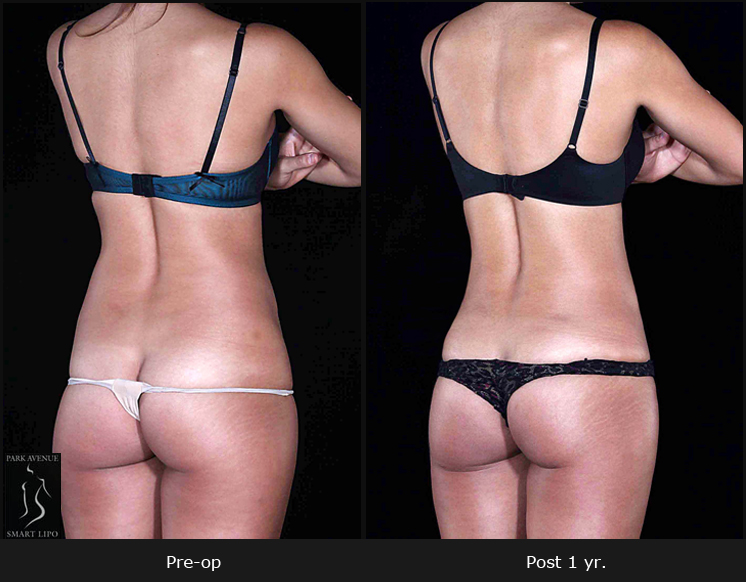The International Society of Aesthetic Plastic Surgery (ISAPS) journal recently published “1000 Consecutive Cases of Laser-Assisted Liposuction Utilizing the 1440 nm Wavelength Nd: YAG Laser: Assessing the Safety and Efficacy,” a study on the safety and efficacy of laser liposuction using the 1440 nm laser wavelength. The authors of this article are Dr. Christopher T. Chia and Dr. Spero J. Theodorou, plastic surgeons at Park Avenue Smart Lipo™, a leading plastic surgery practice in NYC. The purpose of this study was to review 1000 consecutive laser-assisted liposuction (LAL) cases utilizing the 1440 nm wavelength and importance was placed on the complication rates and the need for revision procedures.
Liposuction is one of the most popular aesthetic surgery procedures for body contouring and this procedure has undergone continuous refinements over the past four decades. Advancements in anesthesia, improvements in instrumentation, better understanding of fluid dynamics and the addition of energy to liposuction have led to better outcomes with improved safety and efficacy.
The main highlights of this study are:
- The charts of 611 patients who underwent 1000 consecutive LAL operations were reviewed.
- Patients went through preoperative evaluation and additional clearance by a primary care physician to deem patients medically fit for the procedure.
- Patients, who were pregnant, had a history of malignancy, had allergies to medications used, had unrealistic expectations, excess skin laxity or severe comorbid medical conditions were not considered fit to undergo laser liposuction.
- Before and after medical photographs were obtained of all patients. They were requested to provide written informed consent.
- All operations were done in an AAAASF (American Association for Accreditation of Ambulatory Surgery Facilities)-accredited office based operating room by two senior plastic surgeons Dr. Christopher T. Chia and Dr. Spero J. Theodorou.
- Demographic information, tumescent volume, aspirate volume, surgical time, complications and other data were reviewed.
- The 1440 nm wavelength Nd: YAG laser was used to emulsify the deep and intermediate layers of subcutaneous fat following tumescent infiltration.
- The platform used in this study was Smartlipo that includes safety mechanisms such as an internal thermostat and accelerometer.
- Fourteen different anatomic areas were treated that included the neck, triceps, axilla, male chest, bra roll, flanks, hips, abdomen, mons pubis, inner thighs, outer thighs, knees, calves and ankles.
- 426 (69.7%) women and 185 (30.3%) men underwent LAL using the 1440 nm wavelength Nd: YAG laser
- Ages were from 18 to 71 with a mean of 36.8 years, and the average body mass indexes (BMI) were 25.6 kg/m2 for females and 29.4 kg/m2 for males.
There were no major complications such as burns, hospitalizations or mortalities following the procedure. Only a minor complication was found in one patient where the patient developed a small hematoma which was probably caused by the patient self-aspirating edema fluid during the immediate post-op period. But then it was solved through non-surgical management. All local anesthesia patients were discharged within 20 minutes of the completion of the procedure and these patients returned to normal daily activities, but not vigorous exercises for 2 days. Laser assisted liposuction can be combined with other procedures and no complications were reported in any combination operations.
The study notes that energy-assisted liposuction represents a critical improvement in the continuously evolving field of body contouring surgery. The authors also point out that to their knowledge, this is the first and largest series of laser-assisted liposuction using the 1440 nm wavelength Nd: YAG laser.
For more information, please download the PDF by clicking on the link below.
1000 Consecutive Cases of Laser-Assisted Liposuction Utilizing the 1440 nm Wavelength Nd: YAG Laser: Assessing the Safety and Efficacy
Christopher T. Chia, Mark G. Albert, Sharon Del Vecchio, SJ Theodorou M.D. I.S.A.P.S., Aesthetic Plastic Surgery, September 15, 2017

